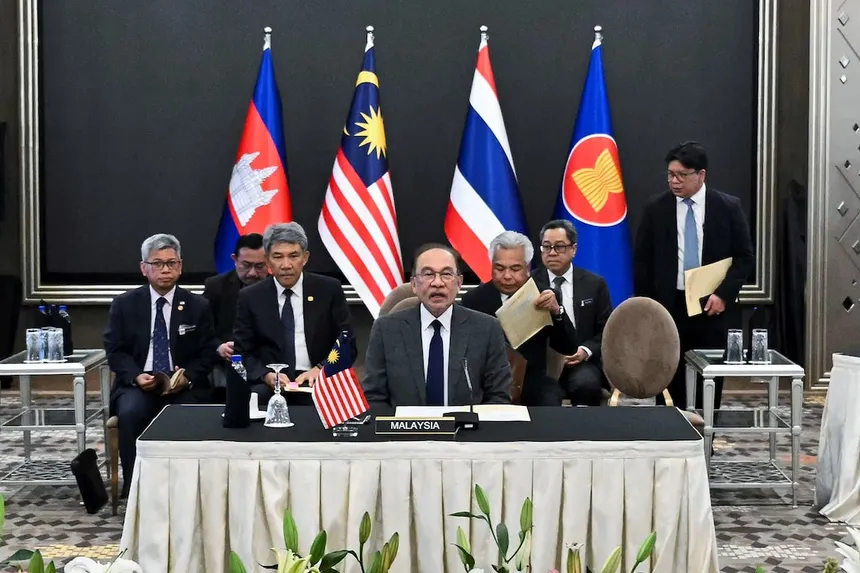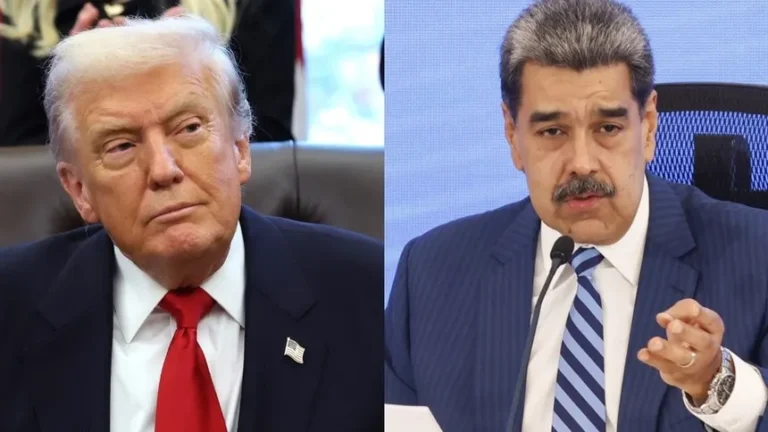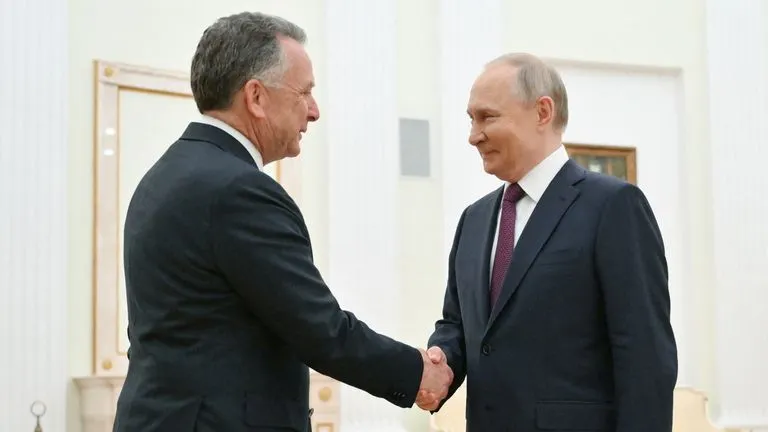
Thailand and Cambodia to Hold Ceasefire Talks Following Deadly Border Clashes
Thailand and Cambodia have agreed to meet for peace talks in Malaysia following four days of deadly border conflict that has left at least 33 people dead and displaced over 130,000 civilians. The agreement follows direct intervention by U.S. President Donald Trump, who pressured both nations to seek an immediate ceasefire.
Ceasefire Discussions Initiated
President Trump announced that Cambodian Prime Minister Hun Manet and Thailand’s acting Prime Minister Phumtham Wechayachai had agreed to begin ceasefire talks. He warned that future U.S. trade agreements would not be pursued unless hostilities ceased. Trump shared that both nations “have agreed to immediately meet and quickly work out a Ceasefire and, ultimately, PEACE.”
Thailand’s leader confirmed his willingness to engage but emphasized that Cambodia must demonstrate a sincere commitment to peace. Cambodia had previously signaled openness to a ceasefire and called Trump’s mediation “truly helpful” in protecting lives.
Escalation Along the Border
Clashes erupted on July 24 along several contested areas of the 817-kilometer land border between the two countries. On Saturday, new skirmishes occurred in Thailand’s Trat province and Cambodia’s Pursat province. Both sides claimed self-defense and accused the other of instigating violence.
- Thailand reported 7 soldiers and 13 civilians killed.
- Cambodia reported 5 soldiers and 8 civilians killed.
Thousands of residents from both sides have been forced to evacuate amid artillery exchanges, drone surveillance, and accusations of border violations.
Historic Dispute and International Response
Tensions between Thailand and Cambodia have flared periodically for decades, often centering around ancient temple sites like Preah Vihear. The current escalation was sparked by a May incident in which a Cambodian soldier was killed. The dispute intensified with Cambodia alleging Thai troop advances and drone incursions, while Thailand accused Cambodia of planting landmines and violating agreements.
The United Nations has expressed deep concern. Secretary-General António Guterres called for an immediate ceasefire and offered assistance in facilitating peaceful dialogue.
Trade Pressure as Leverage
Trump’s involvement includes a looming August 1 deadline for new U.S. tariffs of 36% on imports from both countries. The U.S. president stated that no trade negotiations would proceed unless hostilities ended.
“I told both leaders: no trade talks until the fighting STOPS,” Trump said from Scotland, where he is currently visiting. He also reiterated that the U.S. looks forward to signing trade agreements once peace is achieved.
Next Steps for Peace
Both Thailand and Cambodia are expected to send delegations to Malaysia for peace talks. Malaysian Prime Minister Anwar Ibrahim, chair of ASEAN, has offered to mediate. Cambodia supports his proposal, while Thailand has agreed “in principle.”
The road ahead remains uncertain. While both governments express a desire for peace, underlying mistrust and unresolved territorial claims continue to pose challenges. Still, the latest agreement to meet represents the most concrete step toward de-escalation since the fighting began.




